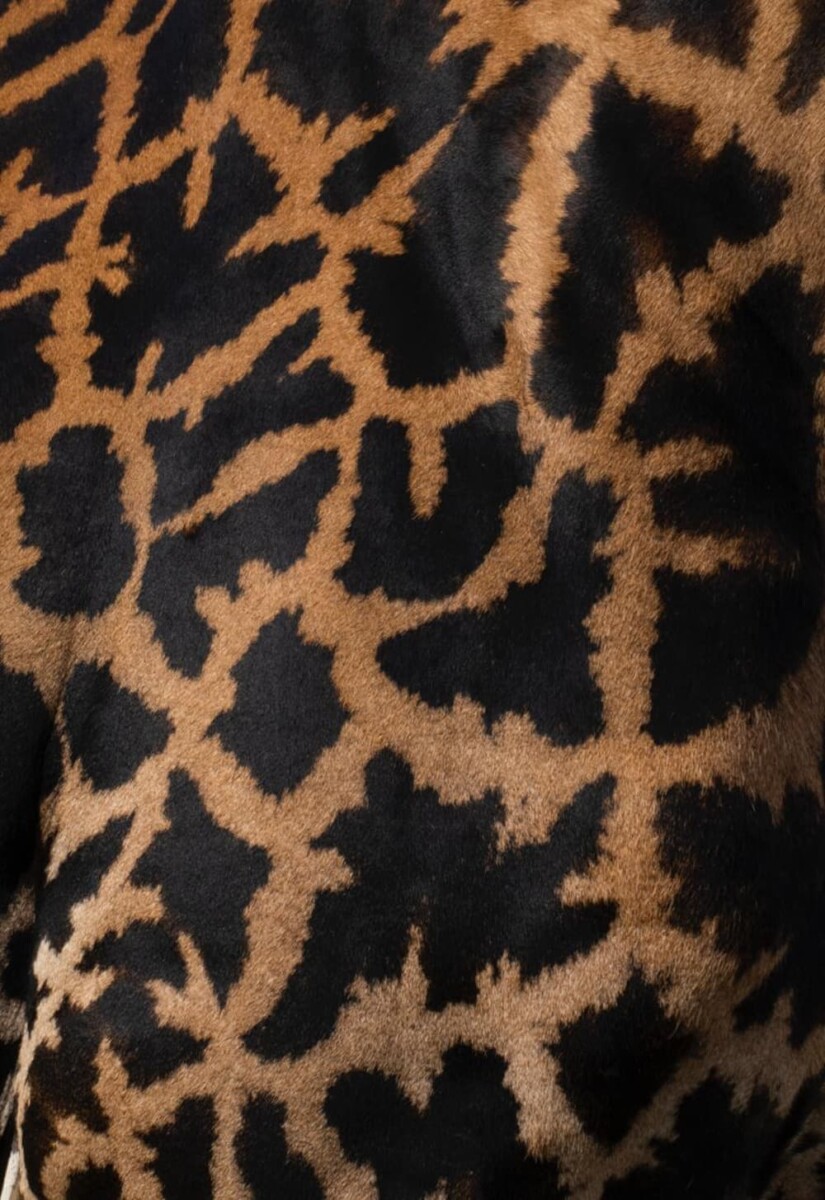Giraffes are one of the tallest and most fascinating terrestrial animals in the world, with their long necks and slender legs making them majestic creatures.
Their origin dates back between 600,000 and 800,000 years, with the current species surviving among other existing varieties.
They belong to the Giraffidae family, along with their closest relative, the okapi, and are mainly found in the savannas and open forests of Africa, where they roam in search of their favorite food: acacia leaves.
If you choose Kenya, Tanzania, or Uganda as your destination to experience volunteering, you can go on a safari during your free time and enjoy seeing them in the wild.

Today we will share some characteristics and facts about giraffes.
There are different types of giraffes, divided into four categories:
‘Giraffa Camelopardalis’ and subspecies:
- Nubian Giraffe: Found in eastern South Sudan and southwestern Ethiopia. It is estimated that about 250 individuals live in the wild.
- Kordofan Giraffe: Located in southern Chad, northern Cameroon, the Central African Republic, and northeastern Congo. About 3,000 individuals are estimated to live in the wild.
- West African Giraffe (Nigerian Giraffe): Endemic to southwestern Niger. It is estimated that about 220 individuals live in the wild.
- Rothschild Giraffe (Ugandan Giraffe): Found in Uganda and Kenya. It is estimated that about 700 individuals live in the wild, and more than 450 in captivity in zoos.
‘Giraffa reticulata’:
Also known as the Somali giraffe, it is native to northeastern Kenya, southern Ethiopia, and Somalia. It is estimated that about 5,000 individuals live in the wild.
‘Giraffa tippelskirchi’:
- Masai Giraffe (Kilimanjaro Giraffe): Inhabits central and southern Kenya and Tanzania. Approximately 40,000 individuals are estimated to remain in the wild.
- Thornicroft Giraffe (Zambian Giraffe): Limited to the Luangwa Valley in Zambia. It is estimated that 15,000 individuals remain in the wild.
‘Giraffa giraffa’:
- South African Giraffe: Found in northern South Africa, southern Botswana, southern Zimbabwe, and southwestern Mozambique. About 12,000 individuals are estimated to remain in the wild.
- Angolan Giraffe: Found in northern Namibia, southwestern Zambia, Botswana, and western Zimbabwe. It is estimated that about 20,000 individuals remain in the wild.

These are some of the interesting facts about these animals:
A giraffe’s neck can measure up to two meters in length. Although it appears disproportionate, it contains the same number of cervical vertebrae as a human neck: seven. These vertebrae are much longer, allowing the giraffe to reach the high branches of trees.
Giraffes are distinguished by their spotted coat, which varies in pattern and color according to the subspecies, providing effective camouflage in their environment.
They are social animals that form small groups known as “towers.” These groups are fluid and can change composition frequently. Males often engage in ritualized combats called “necking,” where they strike each other with their necks and heads to establish dominance and access to females.
Giraffes’ feeding habits are fascinating. Thanks to their prehensile tongue, which can measure up to 50 centimeters, they can pluck leaves from thorny branches without injuring themselves. Their diet consists mainly of leaves, shoots, and fruits, and they can consume up to 34 kilograms of vegetation per day.
Giraffes are preyed upon by lions, hyenas, and crocodiles. However, their greatest threat is habitat loss and poaching, leading to population declines in some areas. Currently, giraffes are classified as vulnerable by the International Union for Conservation of Nature (IUCN).
Giraffes typically sleep little, around four and a half hours a day, divided into short sleep periods of 5 to 30 minutes. Although they do not follow a strict sleep pattern, they take advantage of the darkest hours to sleep.
These animals do not consume much water as they obtain it from the plants and fruits they eat. In fact, they can go up to two weeks without drinking water (depending on the conditions and environment).These are some of the curiosities that make these animals so special.
If you want to experience seeing them in their natural habitat, we recommend embarking on this adventure.




